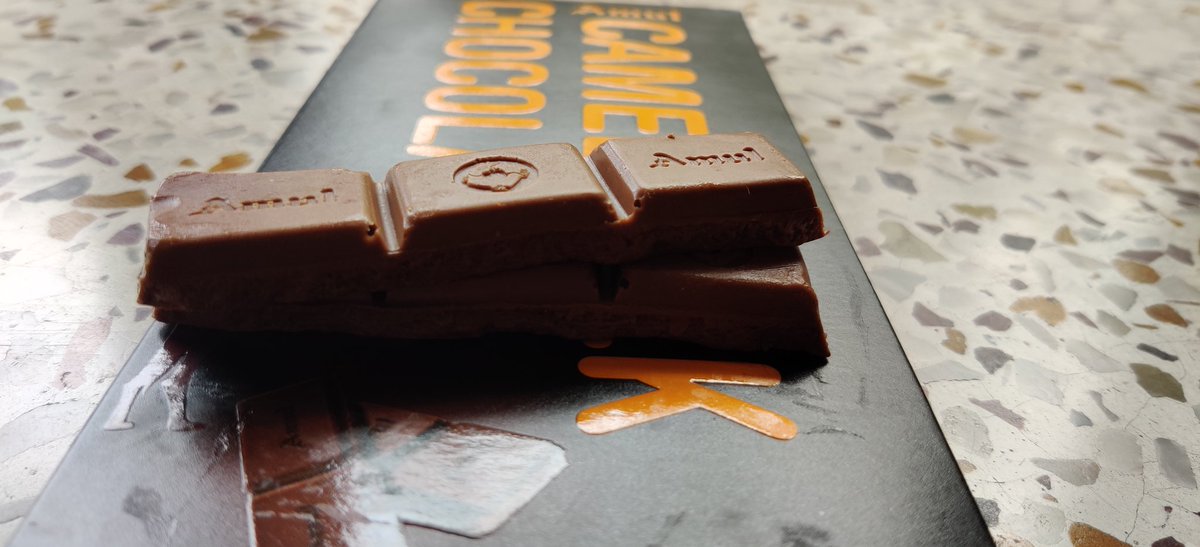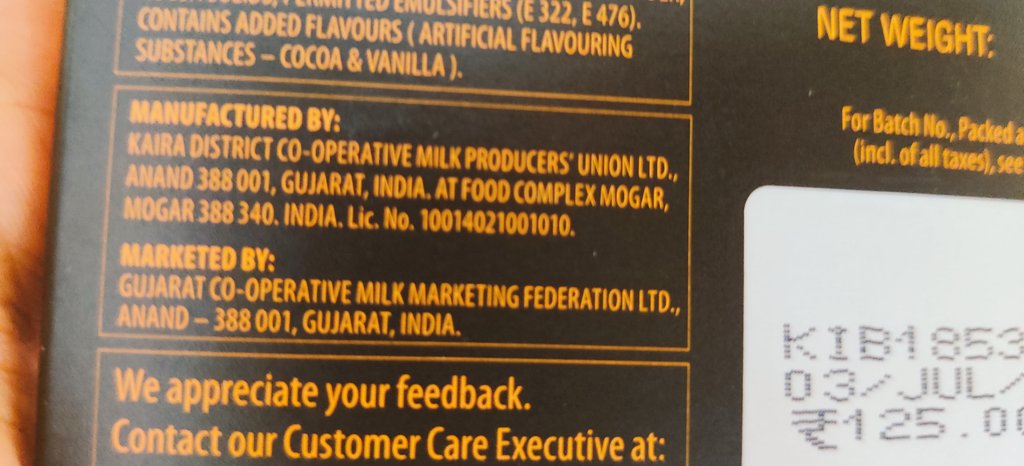
It was 1940. The Olympics, initially meant to be in Tokyo, became the first edition of the modern Olympics to be cancelled; WWII was imminent. A 15-year-old Calcutta girl Ila Mitra missed being the first Indian woman at the Games. This is her story +
thehindu.com/society/athlet…

thehindu.com/society/athlet…


The 1940s were to be a devastating decade for Bengal. The famine, officially declared in 1943, was evident from rural reports in 1940 itself. Churchill was Prime Minister. Mitra passed her Intermediate exams with a first class, enrolled in Bethune and plunged into famine relief +
Food prices soared so high, women were sold for sex to the soldiers parked in Calcutta for the eastern front of WWII. The Mahila Atmaraksha Samiti of the Communist Party of India was formed to protect women from being trafficked for sex. Mitra joined the CPI in college ++
It was probably the first time in modern India that woman participated in public relief work in large numbers, serving food in langarkhanas. It was to become the defining point of Mitra's young life, shaping her politics of rights and resistance as it did the politics of Bengal
It was probably the first time in modern India that woman participated in public relief work in large numbers, serving food in langarkhanas. It was to become the defining point of Mitra's young life, shaping her politics of rights and resistance as it did the politics of Bengal +
She married a zamindar's son who'd decided never to hold a job because he was a Communist party worker. Together, husband and wife led the Tebhaga movement, shaped by the famine, asking peasants to give zamindars only one-third of the harvest. In 1950, she was arrested +
In police custody in Nachole, she was given the Pakistani Injection--her legs were crushed between two lathis while a piece of cloth was stuffed in her mouth. Then, four steaming hot boiled eggs were ordered. When the first one was placed on her vagina, she fainted. On awaking ++
she was gangraped. In 2011, when the Adivasi teacher Soni Sori detailed her experience in custody to the media, she said stones were inserted in her vagina. Half a century apart, how similarly the nation states of India and Pakistan treated the bodies of women in their custody +
In 1951, Ila Mitra became probably the first woman from the subcontinent to articulate the experience of her rape in public, when she testified to the court in Rajshani in present-day Bangladesh. Her testimony was published by the Communists as a pamphlet and ++
distributed all over Bengal + East Pakistan (present-day Bangladesh). It proved to be a masterstroke: it moved the citizens of east Bengal to protest her torture, Bengali poets like Subhash Mukhopadhyay and Ghulam Khuddus wrote poems in her honour, and most of all, no witnesses +
testified against her. The only witnesses were the fake tutored witnesses rounded up by the govt. She received a 7-year sentence. By 1954 she was released on parole for medical treatment in Calcutta. By 1956 she could walk again with assistance. In 1962, she won an MLA election +
from Manicktola, a seat she won from 1962 to 1977. Ironically, when the Left Front came to power in 1977 in Bengal for a historic 34 years, Ila never got another party ticket. But she had shaped with her work, the politics of land rights and resistance that has defined Bengal +
from Tebhaga to the Khadya Andolan (Food Movement) of the 1950s and 60s to the Barga Movement (giving land titles to tenants and share croppers) to indeed, Singur, where the farmers of Bengal refused to give up their land for the more pragmatic policy of industrial development +
She would tell her biographer Maleka Bano Begum and her grandson Riten that she survived what she did because she was an athlete, because she had a sportsperson's stamina. In India, we don't have sport heroes like Mohammad Ali, who have the conviction to criticise their govt +
Our sports stars, absolute awe-inspiring champions in their arenas, mass-tweet propaganda sent out by the government. Mitra never got to go to the Olympics, perhaps this is why it was easier for her to make her allegiance to the citizens of Bengal and not the mighty state ++
This is why I found myself escaping to Ila’s story in the pandemic as if it were a raft to stay afloat. I found comfort in knowing there could be repair after ravage after all. She had come back just in time to show me that the past returns to haunt us, but also to start again ++
This reporting was supported by the International Women’s Media Foundation’s Howard G. Buffett Fund for Women Journalists @IWMF ++
This is also the first glimpse of my project on women athletes in India, an idea that took root half a decade ago. This year, I was thrilled to receive the New India Foundation fellowship to finish the book @newindiafndtion ++
Here I am on video, outlining the book :)
https://twitter.com/newindiafndtion/status/1388766155901267969?s=20
• • •
Missing some Tweet in this thread? You can try to
force a refresh






